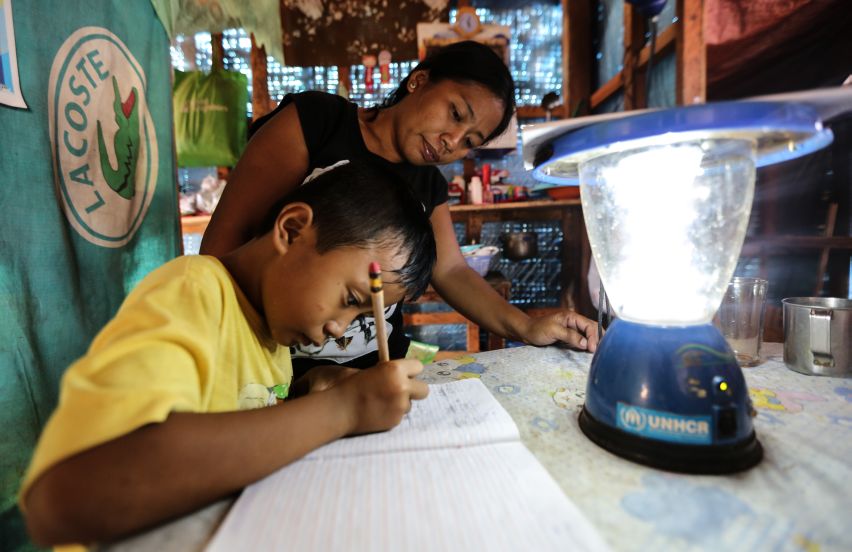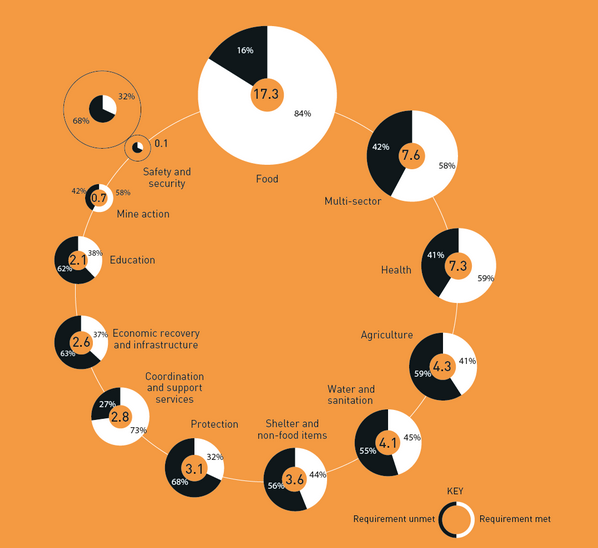7 Reasons Why Businesses Should Invest in Education in Emergencies

Photo By UNHCR / P. Behan.
Today, government leaders, education ministers, and international organizations are meeting in Oslo to work on getting the 59 million out-of-school children today enrolled in school. Since the MDGs’ creation in 2000, progress has stalled, in part due to emergency situations sweeping the globe. Already, a declaration has been drafted by world leaders stating that there is a clear need for an emergency fund or financing mechanism to better coordinate humanitarian aid and deliver education in the midst of crises.
GBC-Education Advisory Board member, Justin van Fleet, recently led a panel at the private sector Global Compact +15 event in New York City to help business understand the role the private sector can play in financing education during emergency situations. UNICEF’s Partnerships Manager Hiba Frankoul, Oil and Natural Gas Corporation Limited’s Executive Director Anil Sachan, Pearson PLC’s Vice President of Sustainability and Social Innovation Amanda Gardiner, and Synergos Institute’s Director of the Middle East and North Africa regions George Khalad all weighed in. In the clips below, check out why they think businesses should contribute.
1. Because we all share the same objections.
It’s simple really: “We want them to go to school, we want them to stay at school, and we want them to learn when they’re at school.”
2. Because it’s now or never.
“We have 58* million primary-aged students out of school, 62 million secondary-aged students out of school,” so yes, we have some “unfinished business.”
3. Because the facts are clear.
“We know that for every one year extra of education, there is a 10 percent increase in income.” Ten percent. By the way, did we mention the cost of NOT educating kids?
4. And some governments can’t manage that.
Particularly when they’re “absent, corrupt or just not involved in any way.” That is, if they’re not already drowning in the world’s largest refugee crisis since World War II or on the run. (Although, it should be said that, despite grappling with their own protracted crisis and declining GDP, some governments still rise to the occasion and provide education in emergency crises.)
5. There’s a massive funding gap in the first place.
“They’re receiving just one percent — maybe two percent of humanitarian funding.” Why don’t we spend more on education in crisis situations when the return is ten-fold?
6. There’s a huge space for businesses to contribute.
It’s all about businesses leveraging the power of their “core assets, voice, and influence.” Just take a look at how GBC-Education member, Reed Smith, helped 10,000 girls and 20,000 boys in rural India improve their math and language skills.
7. Because the next generation workforce is going to be left behind.
“The job market is evolving but the schools aren’t necessarily changing their curriculums in the way that we think it demands.” Increasing globalization of economies coupled with more efficient technology has created a serious imbalance in the labor market. Check out how companies can capitalize on this by learning about what GBC-Education members are doing to train the future workforce.
* UNESCO recently updated the out-of-school population to 59 million.

